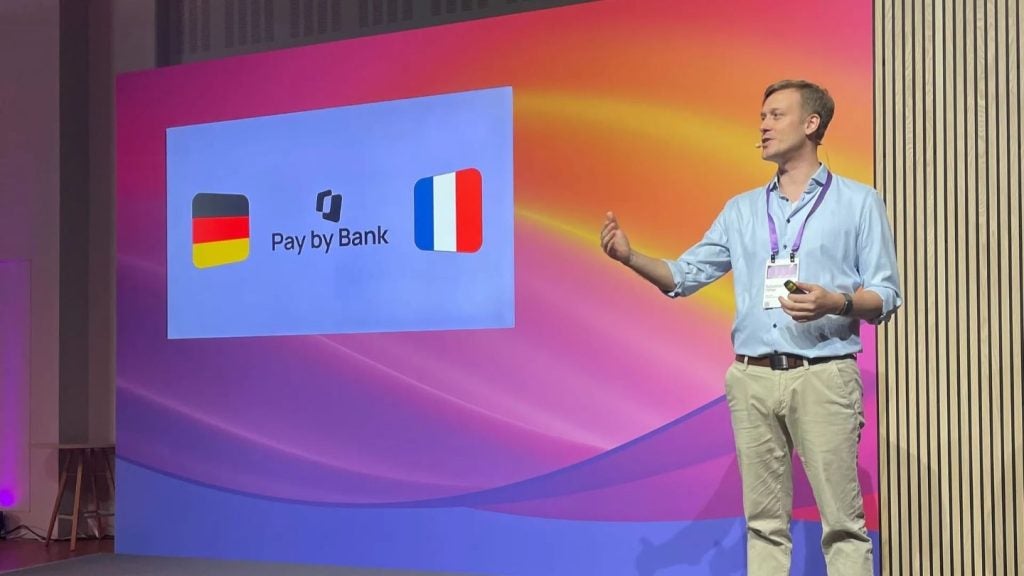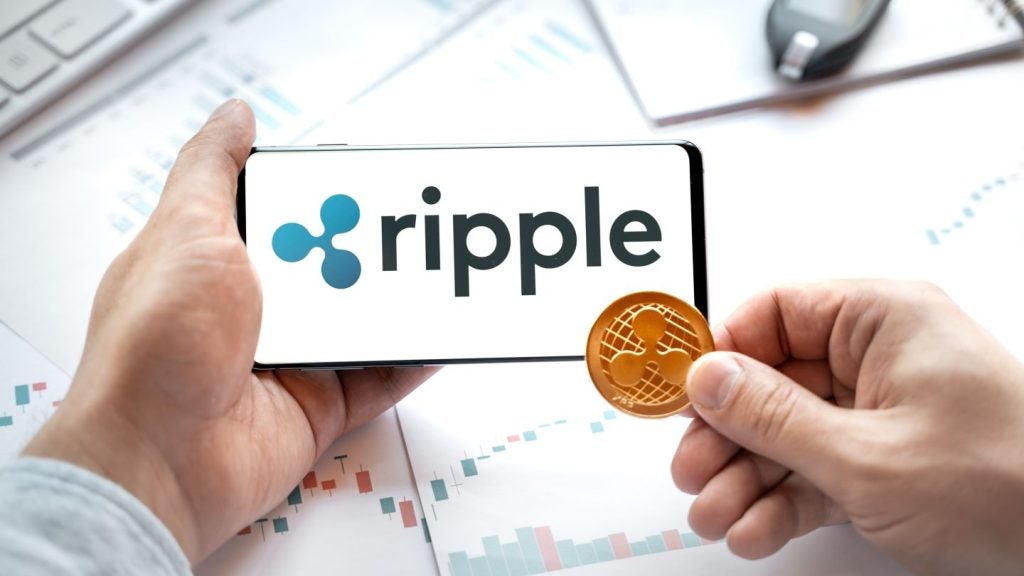The High Value of LVP in Electronic Payments
Low-value payments (LVP) represent a mountain to climb in the war on cash. As new technology such as NFC make more convenient the usage of electronic payments for LVP, the industry tries to tackle the issue of high interchange fees. Sara Perria looks at the results of Raiffeisen’s trial of Cardis plug-in solution.
According to the ECB Blue Book, in Europe there were 170bn cash transactions under EUR20 (USD25.9) in 2008. Over half of these are under EUR5. Only 12% of 251.5bn retail purchases are card transactions. In the US the situation is similar, with 84bn transactions below USD10, as estimated by PwC in 2009.
Most LVPs are typically made in cash. Customers like cash, and merchants will not encourage a different habit as long as interchange fees remain as high as to squeeze profits. The value proposition is then obvious to many: LVP are the single largest opportunity for electronic payments globally. These are the words used by Dutch company Cardis during the presentation at Cartes, in Paris, of its solution for the processing of low-value payments.
Cardis provides a plug-in software that aggregates small-value transactions and is aimed at payment issuers, processors, acquirers and payment schemes. The plug-in works as an extension of the existing card payments products and infrastructure and it is independent of the tool used to initiate the payment, whether this is a debit or credit plastic card, mobile phone, virtual card, mobile or digital wallet.
The plug-in holds a digital spendable balance automatically loaded onto the consumer device. When the user makes a purchase, the amount needed for the purchase is treated as a withdrawal from that stored balance, and it is never processed individually through the payment system.
The spendable balance is represented by auditable digital stored value units, invisible to the users, which eliminate the need for per transaction reconciliation to detect fraud as is the case with shadow accounting.
As a result, Cardis says, a low value payment transaction carries only a fraction of the processing cost of the original withdrawal transaction driving costs out of the system rather than simply shifting the expense around. The company says that every party in the transaction value chain benefits from the system, with the cost of a single larger value load transaction processed using existing payment infrastructure spread over a series of low value payments, similarly to what happens with an ATM transaction for physical cash.
Consumers do not have to manage any balance or initiate re-loads. Whenever needed, the load is initiated automatically using secure authentication for the consumer. This occurs conveniently in one simple transaction, while making the purchase.

US Tariffs are shifting - will you react or anticipate?
Don’t let policy changes catch you off guard. Stay proactive with real-time data and expert analysis.
By GlobalDataRaiffeisen launch
Cardis struck a deal with Austrian Raiffeisen Bank International in 2011. The bank started piloting the resulting contactless payment product, CardMobile, in July 2012 in the city of Linz, Austria. After five months both the company and the bank are ready to assess the potential of the pilot programme.
Cardis chief executive Nebo Djurdjevic explains that the challenge in using the existing credit, debit and pre-paid card products for the processing of LVPs lies in the payment system architecture designed in the 1970s for higher value transactions.
The average debit and credit card transaction, Djurdjevic says, is still between USD50 and USD100 respectively, and each transaction has to be individually processed through the payment system and posted on the cardholder’s account. However, the costs incurred by issuers and acquirers are independent of the transaction amount and too high for LVP.
New opportunities to address the LVP issue seem now to be fostered by new technologies such as contactless cards, mobile NFC phones and digital wallets.
It is not by chance that, one year ago, Raiffeisen decided to actively look for a new way to stimulate the use of electronic payments for small transactions, as the banks’ head of Card Services Gerald Kubu explains: “Merchants explicitly told us that they were not going to accept NFC payments, for example, unless we’d found a solution: either lower interchange fees or an alternative sustainable system”.
Kubu notes that Raiffeisen Bank, which is both an issuer and an acquirer, was aware that the first option – banks lowering their fees to the point of making electronic acceptance of low payments appealing – was not on the cards.
“We approached Cardis because we were after a modern solution, different from the existing one: Cardis keeps track of the transaction history and the money is not stored in the chip, with the risk of losing it and never getting the money back”.
Aggregation model
As Djurdjevic explains, current attempts to address the LVP challenge for debit and credit cards rely on the convenience that some of the new form factors bring ( NFC-enabled phones, digital wallets etc).
However, they don’t address the underlying economic barrier. Accordingly, they fail to deliver a win-win business case for all stakeholders in the four-party card payment model, which is needed to achieve broad adoption by retailers and consumers.
A solution could then be that of holding onto LVPs from the same card for a period of time and then submit a single transaction to the payment network that represents the aggregate amount of LVPs in that period.
But this would be possible only in the case of a consistent number of transactions from the same card in the same store in a reasonable space of time. “Merchants that have a meaningful number of transactions from the same card/customer within a couple of days are very rare, so this type of aggregation is not feasible in a broader sense,” Djurdjevic says.
Other solutions typically use stored value in a chip on the card, allowing off-line payments. But, says Cardis, this model has failed to succeed for two key reasons: it is not ‘customer-friendly’, as it requires reloading electronic cash. What is more, the business model does not allow sufficient cost savings, due to the shadow accounting systems required to address risk and fraud management and regulatory mandates on the audit trail.
Stored value is represented as a number in the memory register on the chip card. The value in this register is changed during secure offline purchase transactions at point of sale terminals (number is decremented), and secure online load transactions at load devices (number is incremented).
According to the company, the costs derived from these shadow accounts result in a ‘zero sum game’ or stalemate situation between merchants, acquirers and issuers.
If Cardis is such a winning solution, then, why did it take several years to find a bank that would implement it?
“Someone has to be the first,” Kubu concludes.








